Common Mistakes in Cloud Security Managed Services and How to Avoid Them
- Nitin Yadav
- Knowledge
About
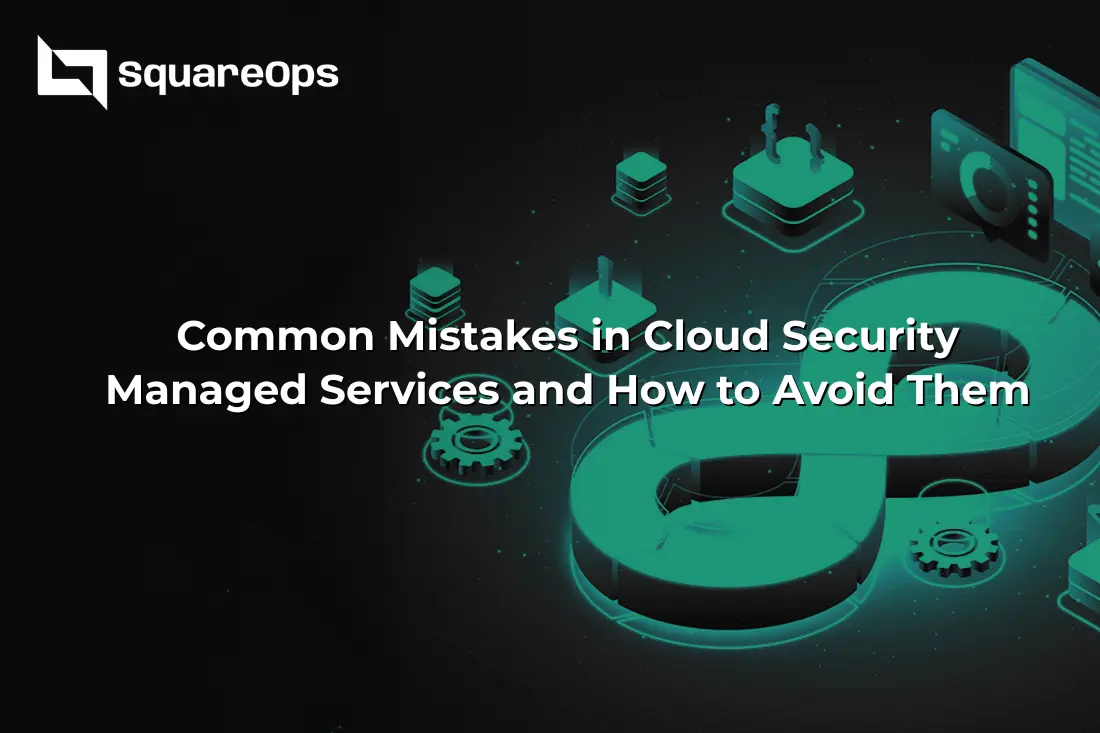
Avoid common cloud security managed service mistakes like poor IAM, weak DevOps integration, and alert fatigue. Learn how to secure cloud operations the smart way.
Industries
- CI/CD Pipelines, Cloud Security, DevOps, DevOps consulting, DevSecOps, Kubernetes, Terraform
Share Via
Cloud computing has transformed how businesses operate — bringing speed, flexibility, and scale. But as enterprises accelerate their migration to cloud platforms like AWS, Azure, and Google Cloud, the security landscape becomes increasingly complex. To navigate this, many organizations turn to Cloud Security Managed Services (CSMS) to safeguard their infrastructure.
However, while managed services offer tremendous benefits, organizations often make critical mistakes during implementation or execution. These pitfalls can expose them to risks, compliance violations, or reduced ROI from their security investments.
In this guide, we’ll uncover the most common mistakes made when leveraging cloud security managed services — and show you how to avoid them.
What Are Cloud Security Managed Services?
Cloud Security Managed Services are outsourced solutions provided by third-party cybersecurity firms or MSSPs (Managed Security Service Providers) that monitor, detect, respond to, and mitigate cloud-specific security threats.
They are designed to:
- Strengthen cloud security posture
- Ensure compliance with standards like SOC2, HIPAA, and GDPR
- Provide 24/7 monitoring and incident response
- Help scale DevOps securely
Common Services Include:
- Cloud Security Posture Management (CSPM)
- Threat detection and response
- Vulnerability management
- IAM audits and controls
- Compliance reporting and dashboarding
- Kubernetes and container security
These services often span across public cloud environments (AWS, Azure, GCP), private clouds, hybrid setups, and containerized platforms like Kubernetes.
Top 8 Mistakes in Cloud Security Managed Services (And How to Avoid Them)
1. Choosing Providers Based Only on Price
Many companies select cloud security providers based purely on cost. While budget constraints are real, choosing a low-cost provider can result in poor coverage, outdated tools, or slow incident response.
Risks Involved:
- Lack of coverage across multi-cloud environments
- Inadequate threat detection capabilities
- No 24/7 live support
How to Avoid It:
- Compare based on features, certifications (SOC2, ISO 27001), customer reviews, and SLAs.
- Choose providers with threat intelligence integrations and proven scalability.
- Prioritize quality of service over cheapest quote.
2. Not Aligning Security with DevOps Workflows
Cloud security isn’t a bolt-on at the end of the pipeline — it needs to be integrated from the start. Many organizations fail to embed security into their DevOps processes, resulting in late detection of vulnerabilities.
Common Symptoms:
- Security scans run post-deployment
- Secret leaks or vulnerable dependencies unnoticed
- Developers skipping manual security checks
Solution:
- Shift security left: Integrate scanning in CI/CD pipelines.
- Use tools like Snyk, Checkov, and GitHub Actions for IaC and dependency security.
- Automate enforcement using Policy-as-Code (OPA, Sentinel).
3. No Multi-Cloud Support Strategy
With enterprises operating across AWS, Azure, and GCP, lacking a unified security layer creates blind spots. Some managed providers only specialize in a single cloud vendor.
Risks:
- Disparate dashboards and policies
- Missed threats in lesser-used cloud accounts
- Duplicate effort for each platform
How to Fix It:
- Choose a CSMS that supports multi-cloud visibility and unified policies.
- Ensure CSPM tools provide aggregated views across all environments.
- Standardize IAM and compliance across all accounts.
4. Ignoring Regulatory Compliance & Audit Readiness
Many organizations assume their provider handles compliance automatically. But in reality, without structured mapping to compliance frameworks, gaps go unnoticed.
Consequences:
- Audit delays
- Regulatory fines (GDPR, HIPAA, PCI-DSS)
- Unprepared security teams
What You Should Do:
- Use platforms that offer SOC2/ISO-ready control mapping.
- Generate automated compliance reports.
- Continuously monitor compliance drift.
5. Overlooking IAM Misconfigurations
IAM (Identity & Access Management) issues are the root cause of many cloud breaches. Excess permissions, orphaned users, and unmonitored roles pose a serious threat.
Key Mistakes:
- Admin rights granted to all developers
- Infrequent permission audits
- No MFA enforcement
How to Mitigate:
- Enforce least privilege principles.
- Run weekly IAM audits.
- Use CIEM (Cloud Infrastructure Entitlement Management) tools.
6. Failing to Customize Alerts & Incident Response Workflows
Out-of-the-box alerting often leads to noise. Security teams suffer alert fatigue and miss real threats.
Common Failures:
- No alert correlation or prioritization
- Slow response time to critical incidents
- One-size-fits-all policies
Best Practices:
- Use behavior-based alerting (UEBA)
- Customize rules based on risk appetite
- Define automated response playbooks via SOAR tools
7. Treating Cloud Security as a One-Time Setup
Security is not a “set it and forget it” function. Continuous assessment and adjustment are essential.
Symptoms:
- No regular security reviews
- Stale IAM or firewall rules
- No visibility into recent threat trends
Fix It By:
- Implementing continuous CSPM tools (like Wiz, Orca, Prisma Cloud)
- Scheduling monthly security reviews
- Adopting continuous compliance and risk scoring
8. No Incident Response Plan or Playbooks
Without a documented and practiced incident response plan, your team may panic or delay when a breach occurs.
Resulting Issues:
- Slower response time
- Increased blast radius
- PR and legal fallout
Avoid by:
- Creating detailed IR runbooks
- Running tabletop exercises with your provider
- Defining roles, escalation paths, and SLAs
How to Choose the Right Cloud Security Provider
Choosing the right partner can make or break your cloud security posture. Here’s what to look for:
Must-Have Features:
- 24/7 managed SOC with real analysts
- Support for AWS, Azure, GCP, Kubernetes
- CI/CD and IaC security integration
- Automated compliance reporting
- Threat intel and alert correlation
Red Flags:
- No SLAs
- Limited cloud support
- Generic alerting
- Hidden costs in remediation
Top Tools That Help Avoid These Mistakes
Here are some tools that managed providers use — or that you can integrate with them — to avoid the above pitfalls:
- Wiz: Agentless CSPM with attack path visualization
- Lacework: Automated anomaly detection for cloud workloads
- SquareOps: DevSecOps-focused managed cloud security
- Snyk: Developer-friendly vulnerability scanning
- Checkov: IaC scanning for Terraform, CloudFormation
- Prisma Cloud: CNAPP with visibility across pipelines and runtime
Conclusion
Cloud security managed services can offer unparalleled agility and protection for fast-growing businesses. But to fully realize their value, you must avoid common missteps:
- Don’t compromise on quality for price
- Integrate security into DevOps workflows
- Prioritize IAM and compliance
- Customize alerts and maintain continuous monitoring
By being proactive and strategic, you can turn your managed security service into a business enabler not just a safety net.
Looking for expert-led cloud security tailored to your DevOps needs? Talk to SquareOps today.
Frequently asked questions
Cloud security managed services are outsourced solutions that protect your cloud infrastructure from threats, misconfigurations, and compliance risks.
They ensure 24/7 protection, automate compliance, detect vulnerabilities early, and provide expert threat monitoring without needing an in-house team.
Selecting providers based only on price, which often leads to limited coverage, poor threat detection, and slow incident response.
They can lead to unauthorized access, data breaches, and non-compliance — especially when excessive permissions or orphaned accounts exist.
Cloud Security Posture Management (CSPM) continuously scans cloud environments for misconfigurations, vulnerabilities, and compliance gaps.
Yes. They offer audit-ready reports, real-time monitoring, and frameworks mapped to SOC2, GDPR, HIPAA, and more.
Early integration helps detect issues before deployment, reduces rework, and aligns developers with security goals (“Shift Left”).
Popular tools include Snyk, Checkov, GitHub Actions, SquareOps, and Prisma Cloud for secure CI/CD and infrastructure-as-code analysis.
Look for multi-cloud support, 24/7 SOC, compliance automation, DevOps integration, and strong customer references.
No. It requires continuous monitoring, monthly reviews, evolving threat analysis, and proactive alerting to stay effective.
Related Posts
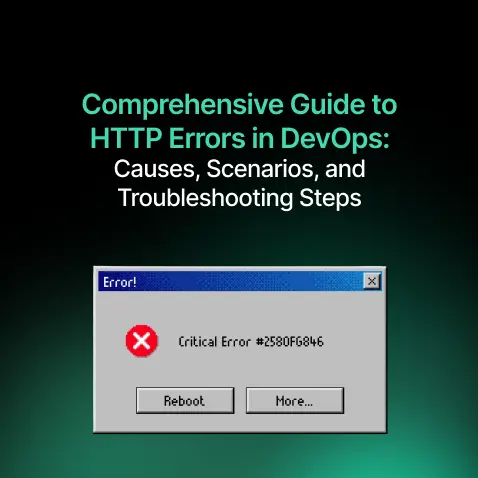
Comprehensive Guide to HTTP Errors in DevOps: Causes, Scenarios, and Troubleshooting Steps
- Blog
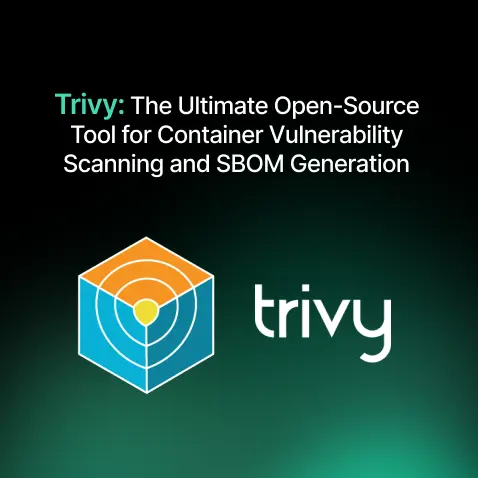
Trivy: The Ultimate Open-Source Tool for Container Vulnerability Scanning and SBOM Generation
- Blog
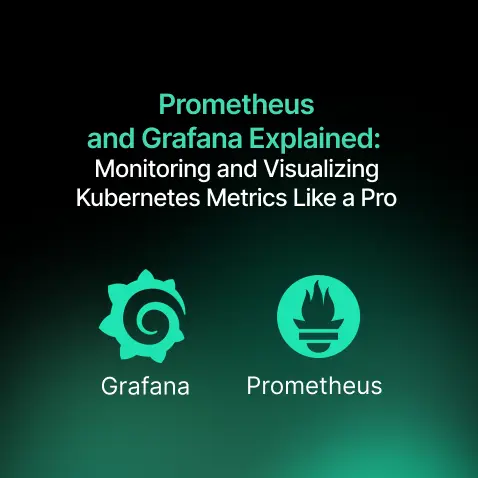
Prometheus and Grafana Explained: Monitoring and Visualizing Kubernetes Metrics Like a Pro
- Blog
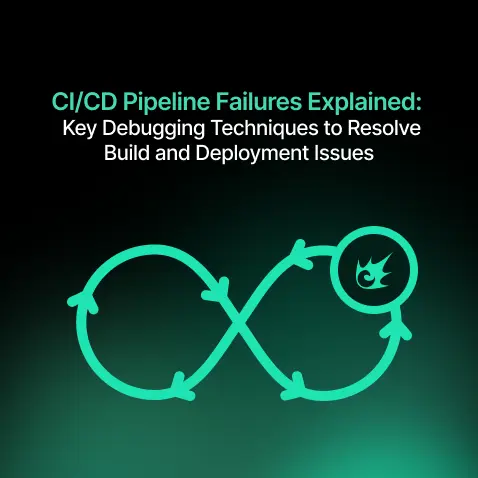
CI/CD Pipeline Failures Explained: Key Debugging Techniques to Resolve Build and Deployment Issues
- Blog

DevSecOps in Action: A Complete Guide to Secure CI/CD Workflows
- Blog
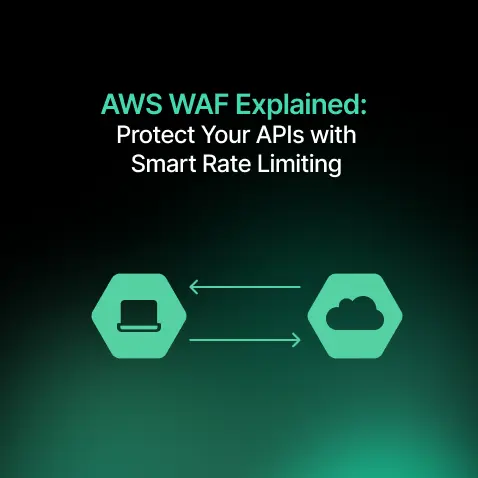
AWS WAF Explained: Protect Your APIs with Smart Rate Limiting
- Blog

